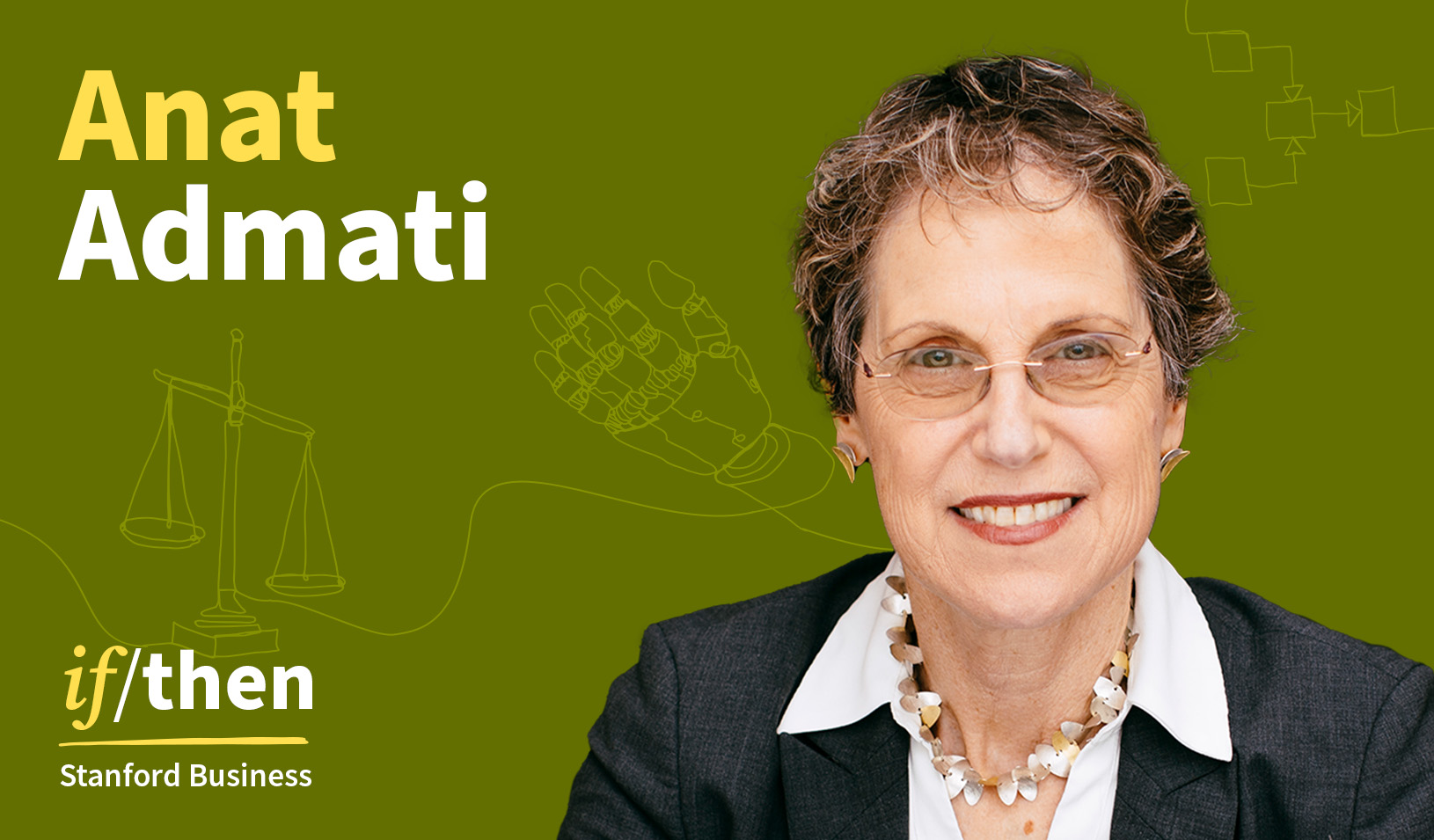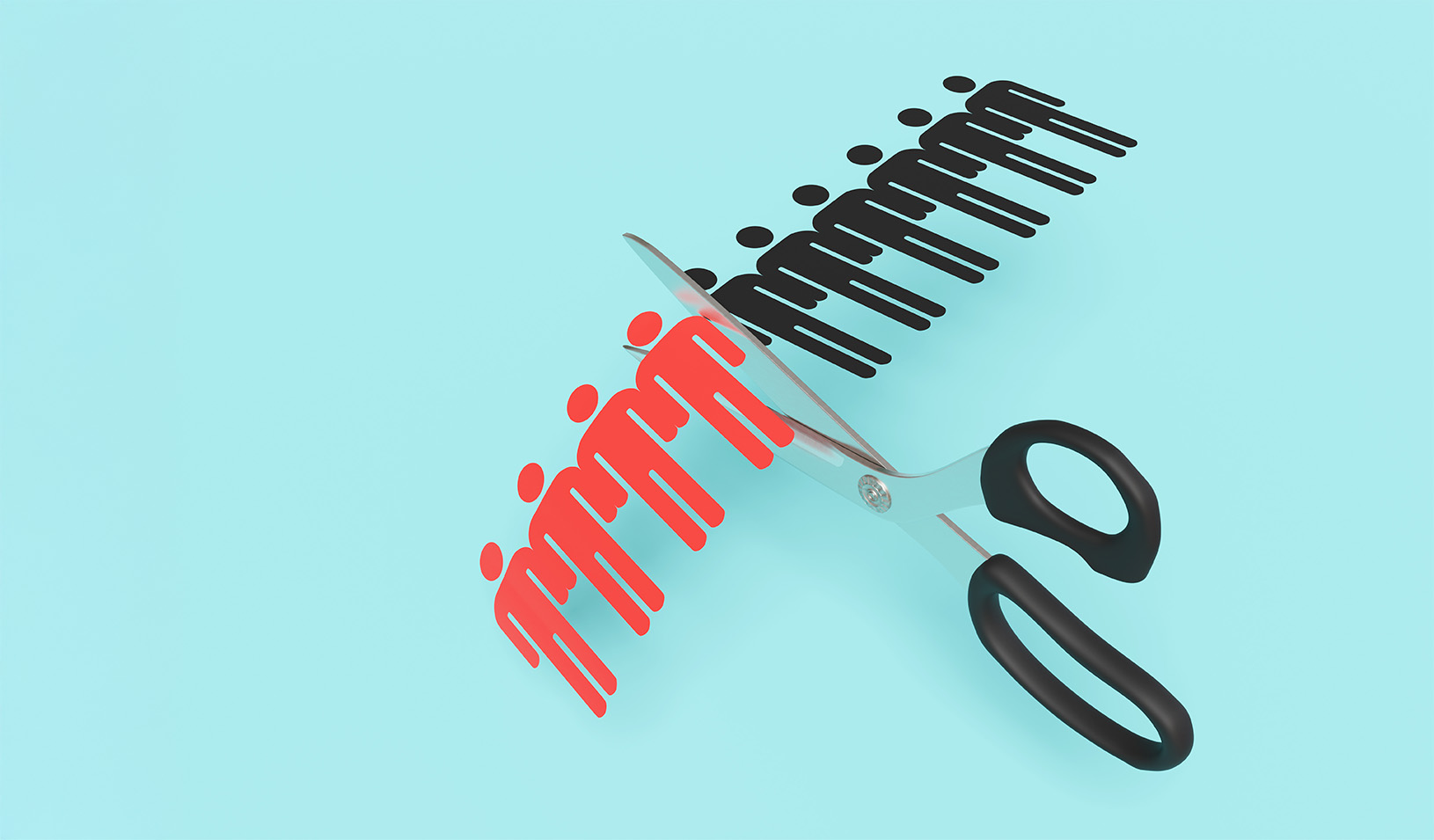
Should you be worrying about inaccurate polling data or a contested election? “Probably not,” says political economist David Brady. | REUTERS/Brian Snyder
If you’re a Democrat, you may well be having nightmares about inaccurate polling data. And whether you’re a Republican or a Democrat, you may fear that election night will dissolve into chaos as the expected flood of mail-in ballots makes it impossible to declare a winner for days or even weeks.
Professor Brady on Issues Related to the Election
Control of the Senate: “I’d say the Democrats have a good shot at 50 seats, but they had a better shot” before the sexting scandal enveloped the campaign of North Carolina Senate hopeful Cal Cunningham. The Senate races in Arizona and Colorado “are essentially over” and barring the unforeseen will go Democratic, while an ex-football coach (Tommy Tuberville) will defeat the Democratic incumbent (Doug Jones) in Alabama.
Third-party voters: In 2016, some Democrats blamed Clinton’s defeat on progressives who voted for Jill Stein. According to polling by YouGov, more than half of those voters (51.8%) now say they will vote for Biden, while just 2.5% favor Trump.
Social justice demonstrations: A significant number of voters in battleground states believe the protests were “mainly violent,” with data from YouGov showing that 49% of independents, 18% of Democrats, and 80% of Republicans felt that way. The national numbers are slightly smaller: 42% of independents, 15% of Democrats, and 71% of Republicans.
The Supreme Court: Trump’s desire to fill the seat left vacant by the death of Justice Ruth Bader Ginsburg has angered Democrats, “but we don’t see it as having a tremendous influence at this point.”
But while these scenarios are commonplace on the internet and some regular media outlets, it is more likely that we will have a winner without the discord, according to David Brady, emeritus professor of political economy at Stanford Graduate School of Business and senior fellow at the Hoover Institution. If Biden were to garner close to the lead he now has in the polls, the election results would not be controversial and a winner would be declared in a semi-normal fashion. Thus, the question: Are the polls accurate?
Pollsters, Brady explains, have made significant changes to their methodologies. And some battleground states, notably Florida and Ohio, are better prepared to handle the record number of mail-in ballots than you might think. “Florida and Ohio will be counted on election night and should be done by 2 a.m. or so,” he said. Michigan and Pennsylvania, though, have less experience dealing with mail-in ballots, and will likely take longer to complete the count. Florida is of particular importance, because if Trump doesn’t carry the state, “it’s all over,” Brady said while speaking remotely to Stanford GSB alumni during an annual reunion celebration a month before Election Day.
Party Politics
Brady, whose research focuses on the U.S. Congress, party system, and public policy, said that since Ronald Reagan presidency, the two major political parties have undergone a sorting process in which nearly all self-identified liberals have become Democrats while almost all conservatives are now Republicans. In 1980, for comparison, over 25% of self-described liberals were Republican; by 2018 that figure had dropped to less than 5%. The sorting process reversed 50 years in which Democrats were the dominant party and created a system of party parity where Democrats, Republicans, and independents are roughly equal. Under these conditions, neither party, said Brady, is strong enough to control the government for an extended period of time, which has resulted in a stretch characterized by uncertainty.
The two parties have become so divided that partisans on one side misperceive the other side. According to a 2015 survey cited by Brady, Republicans believe that 38% of all Democrats are lesbian, gay, bisexual, and transgender — the real number is 6%. For their part, Democrats believe that as many as 44% of Republicans earn more than $250,000 a year, while the real number is just 2%.
There is one area, though, where members of both parties are aligned: distrust of government. Nearly 80% of the public, whether they identify as Democrat, Republican, or independent, believe that the government is run for the benefit of a few big interests, and a marginally smaller number believe that “quite a few” government officials are crooked.
Together, these perceptions of dishonesty create “a trust deficit,” said Brady, which adds to a highly polarized electorate that has rendered the political system unstable to an extent not seen since the last quarter of the 19th century. It’s no coincidence that the politics of the modern era and the Gilded Age have many similarities. Both eras were marked by massive economic transformation, globalization, conflicts over immigration, and growing income inequality, Brady said.
Lessons from 2016
Based on widespread polling, there was a general consensus that Hillary Clinton wouldn’t lose the presidential election. She did, of course, and now that former Vice President Joe Biden holds a widening lead over President Donald Trump in national and swing state polls, it’s reasonable to ask: Will history repeat itself?
Probably not, said Brady. The botched predictions four years ago were largely a result of two significant errors in polling methodology. Pollsters failed to sufficiently weigh the educational level of voters and did not do enough sampling in battleground states. The second factor was especially critical because a number of polls projecting the national vote turned out to be fairly accurate, predicting that Clinton would win the popular vote by close to 3%.
“We changed the weighing scheme so that participants [without college degrees] are weighted heavier and pollsters are over-sampling in the battleground states,” Brady said. “From now on, you can expect to see a lot of really good polls over-sampling like crazy in battleground states.”
News organizations have traditionally relied on exit polling — a strategy that’s less feasible this year because of the coronavirus pandemic. Instead, there will be a wave of polling directed at people who have voted by mail. “So I think on election night, the people who make these calls will have a much, much better data set in some ways than they did with exit polling,” said Brady. “And I think they should be in reasonable shape [to call the election on time].”
Although the middle ground in American politics has shrunk, there are still enough independent voters, and moderates in both parties — particularly in swing states — to sway the election if it’s close. In 2016, both Clinton and Trump held on to the vast majority of the voters in their party. But independents broke for Trump by a margin of 50% to 34%. With the addition of some Democratic votes, it was enough to swing Pennsylvania, Michigan, and Wisconsin to his column and win the Electoral College.
Still, the coronavirus and Trump’s handling of the pandemic could prove to be the dispositive factor come November. “As long as COVID is the issue, it hurts the president,” Brady said. “If he has to go back to the hospital, well, that’s deadly for them.”
For media inquiries, visit the Newsroom.






